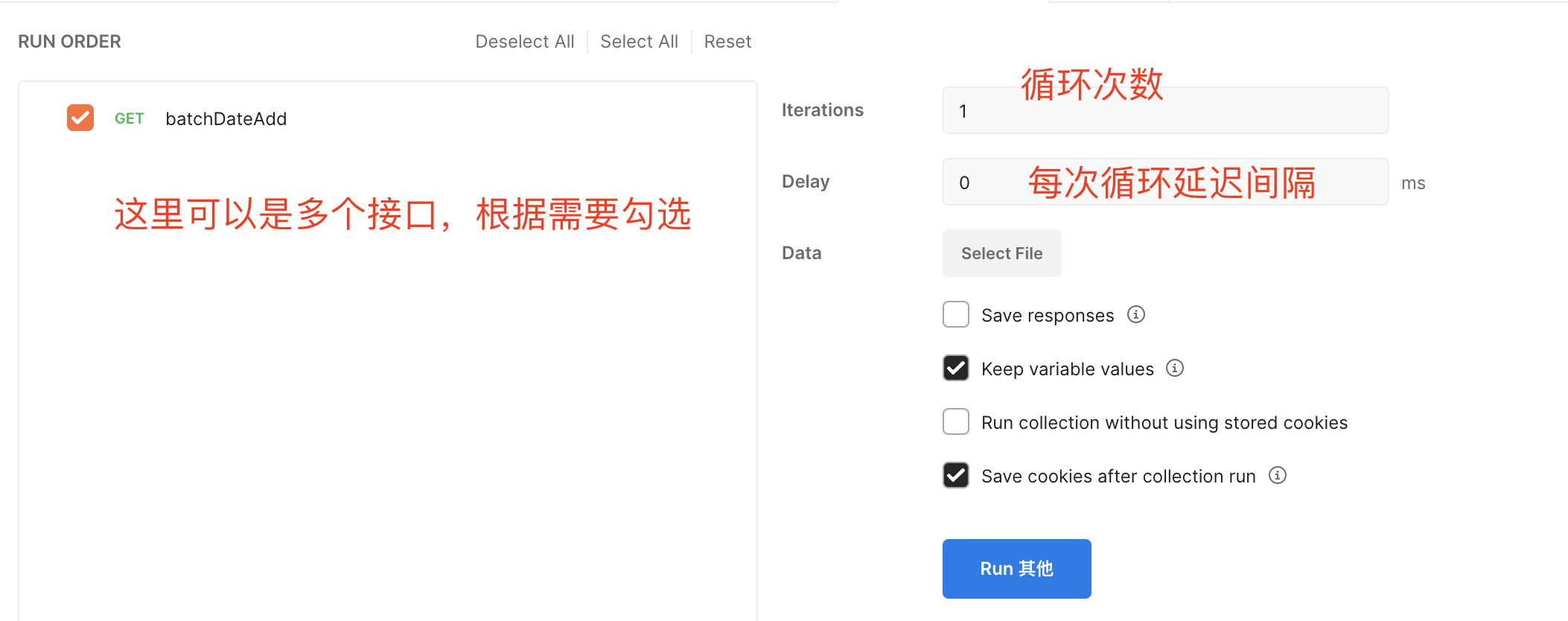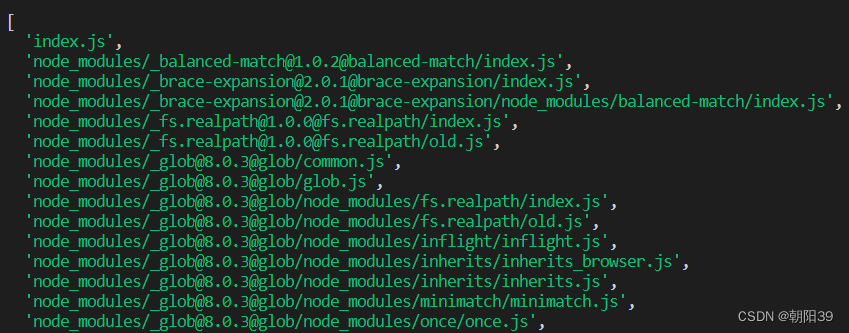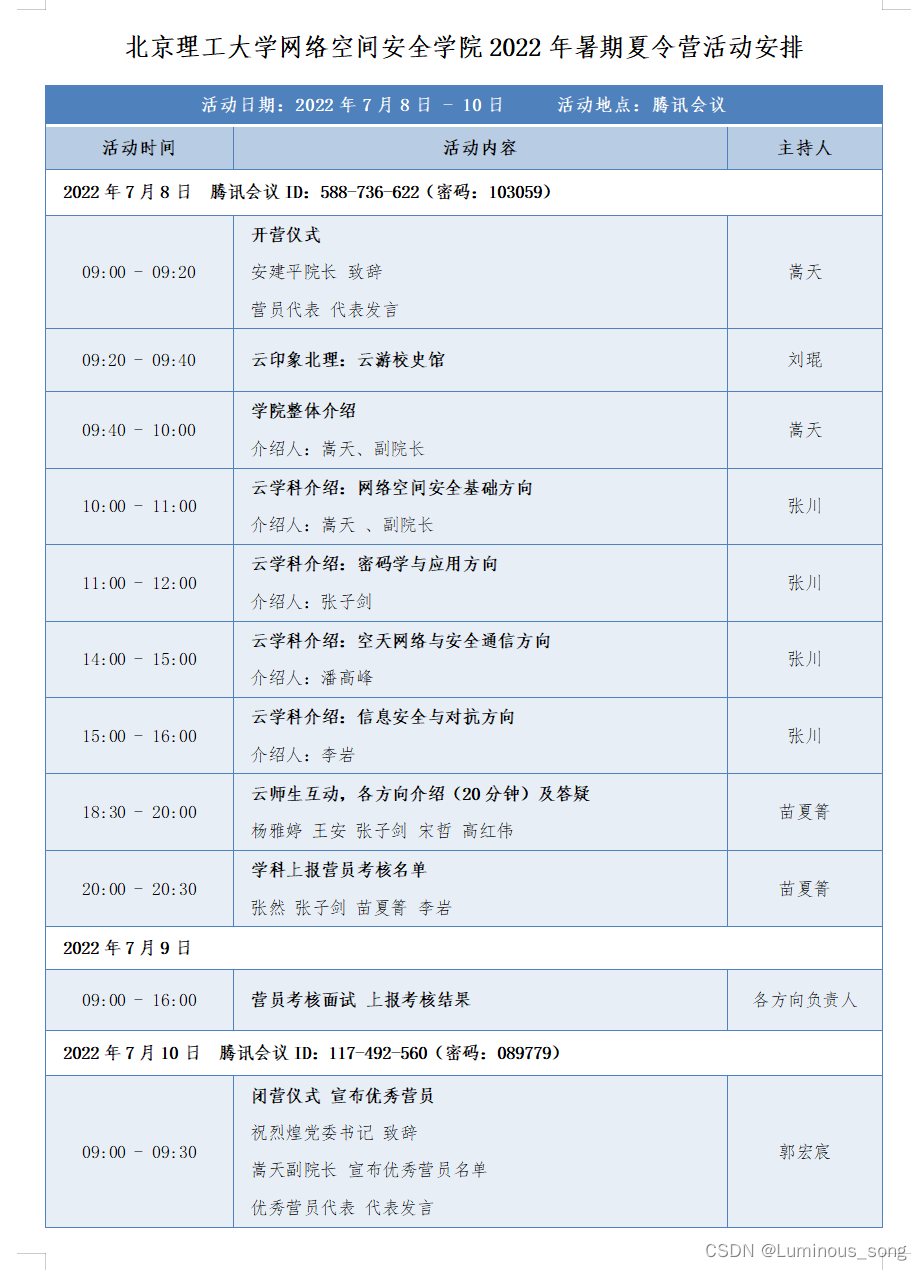当前位置:网站首页>Additional Features for Scripting
Additional Features for Scripting
2022-08-01 23:11:00 【Dreamer DBA】
1.1 "Daemon-izing" Your Script
Use the following to invoke your script, run it in the background, and still allow yourself to log out:
[[email protected] test]$ nohup mydaemonscript 0<&- 1>/dev/null 2>&1 &
[1] 209178
[[email protected] test]$ nohup mydaemonscript >>/var/log/myadmin.log 2>&1 <&- &
[2] 209179
[1] Exit 127 nohup mydaemonscript 0>&- > /dev/null 2>&1
[[email protected] test]$ -bash: /var/log/myadmin.log: Permission denied
[2]+ Exit 1 nohup mydaemonscript >> /var/log/myadmin.log 2>&1 0>&-
[[email protected] test]$ But what about STDIN? The cleanest way to deal with STDIN is to close the file descriptor. The bash syntax to do that is like a redirect, but with a dash for the filename (0<&- or <&-).
We use the nohup command so that the script is run without being interrupted by a hangup signal when we log off.
1.2 Reusing Code with Includes and Sourcing
[[email protected] test]$ sh -x use_prefs.sh
+ source /home/maxwell/shelllearning/test/myprefs.cfg
++ SCRATCH_DIR=/var/tmp
++ IMG_FMT=png
++ SND_FMT=ogg
+ cd /var/tmp
+ echo You prefer png image files
You prefer png image files
+ echo You prefer ogg sound files
You prefer ogg sound files
[[email protected] test]$ cat myprefs.cfg
SCRATCH_DIR=/var/tmp
IMG_FMT=png
SND_FMT=ogg
[[email protected] test]$ cat use_prefs.sh
#!/bin/bash
#
# use the user prefs
#
source $HOME/shelllearning/test/myprefs.cfg
cd ${SCRATCH_DIR:-/tmp}
echo You prefer $IMG_FMT image files
echo You prefer $SND_FMT sound files
[[email protected] test]$ 1.5 Using Functions: Parameters and Return Values
# define the function:
function max ( )
{ ... }
#
# call the function:
#
max 128 $SIM
max $VAR $CNT[[email protected] test]$ sh -x max 128 $SIM
[[email protected] test]$ echo $BIGR
[[email protected] test]$ cat max
#!/bin/bash
#cookbook filename: func_max
# define the function:
function max ()
{
local HIDN
if [ $1 -gt $2 ]
then
BIGR=$1
else
BIGR=$2
fi
HIDN=5
}
[[email protected] test]$ 1.6 Trapping Interrupts
Use the trap utility to set signal handlers. First, use trap -l (or kill -l) to list the signals you may trap. They vary from system to system:
[[email protected] test]$ trap -l
1) SIGHUP 2) SIGINT 3) SIGQUIT 4) SIGILL 5) SIGTRAP
6) SIGABRT 7) SIGBUS 8) SIGFPE 9) SIGKILL 10) SIGUSR1
11) SIGSEGV 12) SIGUSR2 13) SIGPIPE 14) SIGALRM 15) SIGTERM
16) SIGSTKFLT 17) SIGCHLD 18) SIGCONT 19) SIGSTOP 20) SIGTSTP
21) SIGTTIN 22) SIGTTOU 23) SIGURG 24) SIGXCPU 25) SIGXFSZ
26) SIGVTALRM 27) SIGPROF 28) SIGWINCH 29) SIGIO 30) SIGPWR
31) SIGSYS 34) SIGRTMIN 35) SIGRTMIN+1 36) SIGRTMIN+2 37) SIGRTMIN+3
38) SIGRTMIN+4 39) SIGRTMIN+5 40) SIGRTMIN+6 41) SIGRTMIN+7 42) SIGRTMIN+8
43) SIGRTMIN+9 44) SIGRTMIN+10 45) SIGRTMIN+11 46) SIGRTMIN+12 47) SIGRTMIN+13
48) SIGRTMIN+14 49) SIGRTMIN+15 50) SIGRTMAX-14 51) SIGRTMAX-13 52) SIGRTMAX-12
53) SIGRTMAX-11 54) SIGRTMAX-10 55) SIGRTMAX-9 56) SIGRTMAX-8 57) SIGRTMAX-7
58) SIGRTMAX-6 59) SIGRTMAX-5 60) SIGRTMAX-4 61) SIGRTMAX-3 62) SIGRTMAX-2
63) SIGRTMAX-1 64) SIGRTMAX
[[email protected] test]$ [[email protected] test]$ cat hard_to_kill.sh
#!/bin/bash -
trap ' echo "You got me! $?" ' ABRT EXIT HUP INT TERM QUIT
trap ' echo "Later... $?"; exit ' USR1
sleep 120
[[email protected] test]$ sh -x hard_to_kill.sh
+ trap ' echo "You got me! $?" ' ABRT EXIT HUP INT TERM QUIT
+ trap ' echo "Later... $?"; exit ' USR1
+ sleep 120
^C++ echo 'You got me! 130'
You got me! 130
+ echo 'You got me! 130'
You got me! 130
[[email protected] test]$ sh -x hard_to_kill.sh &
[1] 209366
[[email protected] test]$ + trap ' echo "You got me! $?" ' ABRT EXIT HUP INT TERM QUIT
+ trap ' echo "Later... $?"; exit ' USR1
+ sleep 120
[[email protected] test]$ kill -USR1 %1
[[email protected] test]$ User defined signal 1
++ echo 'Later... 138'
Later... 138
++ exit
+ echo 'You got me! 0'
You got me! 0
[1]+ Done sh -x hard_to_kill.sh
[[email protected] test]$ sh -x hard_to_kill.sh &
[1] 209374
[[email protected] test]$ + trap ' echo "You got me! $?" ' ABRT EXIT HUP INT TERM QUIT
+ trap ' echo "Later... $?"; exit ' USR1
+ sleep 120
[[email protected] test]$ kill %1
[[email protected] test]$ Terminated
++ echo 'You got me! 143'
You got me! 143
+ echo 'You got me! 143'
You got me! 143
[1]+ Exit 143 sh -x hard_to_kill.sh
[[email protected] test]$ 边栏推荐
- chrome copies the base64 data of an image
- SRv6 L3VPN的工作原理
- excel change cell size
- 论文理解【RL - Exp Replay】—— Experience Replay with Likelihood-free Importance Weights
- excel edit a cell without double clicking
- 隔离和降级
- Additional Features for Scripting
- y84. Chapter 4 Prometheus Factory Monitoring System and Actual Combat -- Advanced Prometheus Alarm Mechanism (15)
- PHP算法之最接近的三数之和
- Background project Express-Mysql-Vue3-TS-Pinia page layout-sidebar menu
猜你喜欢

From 0 to 100: Notes on the Development of Enrollment Registration Mini Programs

chrome复制一张图片的base64数据

10年稳定性保障经验总结,故障复盘要回答哪三大关键问题?|TakinTalks大咖分享

Postman batch test interface detailed tutorial

文件查询匹配神器 【glob.js】 实用教程

xctf attack and defense world web master advanced area webshell

【参营经历贴】2022网安夏令营

chrome copies the base64 data of an image

From 0 to 1: Design and R&D Notes of Graphic Voting Mini Program

img 响应式图片的实现(含srcset属性、sizes属性的使用方法,设备像素比详解)
随机推荐
System availability: 3 9s, 4 9s in SRE's mouth... What is it?
华为无线设备配置全局双链路冷备份(AC全局配置方式)
SQL29 Calculate the average next day retention rate of users
选择合适的 DevOps 工具,从理解 DevOps 开始
请问什么是 CICD
From 0 to 100: Notes on the Development of Enrollment Registration Mini Programs
联邦学习的框架搭建
chrome复制一张图片的base64数据
【参营经历贴】2022网安夏令营
Additional Features for Scripting
软技能之UML图
npm npm
When solving yolov5 training: "AssertionError: train: No labels in VOCData/dataSet_path/train.cache. Can not train"
chrome copies the base64 data of an image
Wechat Gymnasium Reservation Mini Program Graduation Design Finished Work Mini Program Graduation Design Finished Product (2) Mini Program Function
D - Linear Probing- 并查集
qt-faststart installation and use
程序员如何优雅地解决线上问题?
excel edit a cell without double clicking
C语言——分支语句和循环语句